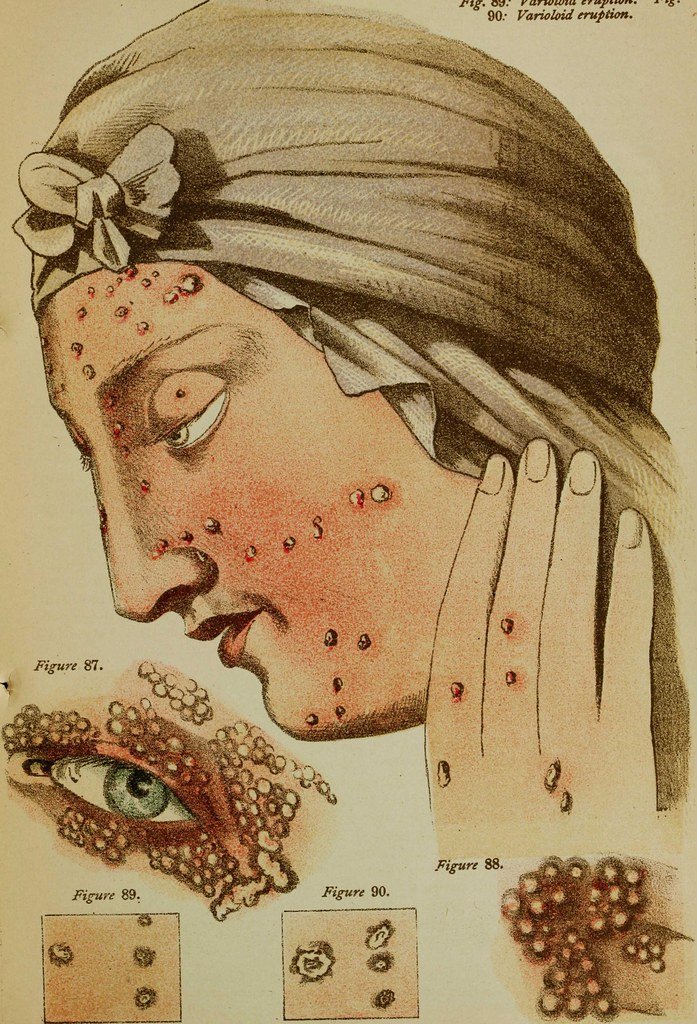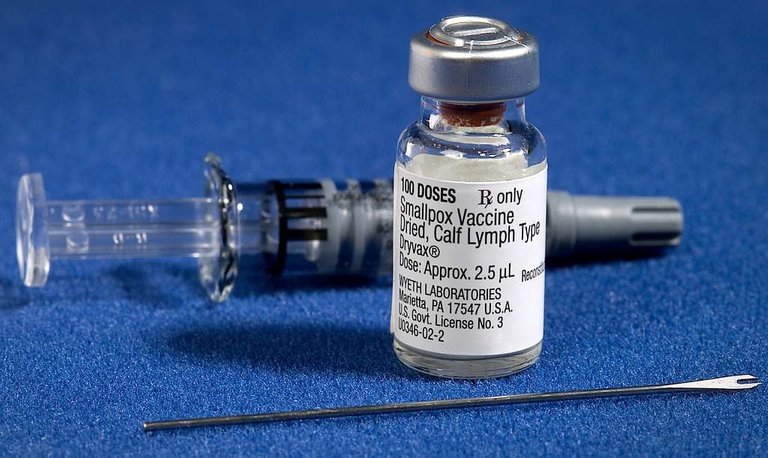Epidemiology of Smallpox: Understanding the Global Impact of another Variola Virus Case
We all know that asides from human who have learned to look for a purpose which is a social-economical value we have, all organism seek to reproduce and survive. In fact, we humans are built to do the same thing. It was in the quest for survival that we were able to achieve great mastery, and innovations. That said, not all organisms have the ability to do that but they all have the ability to reproduce as well as fight to survive. The virus I will be discussing today is also another particle that seeks to reproduce in living organism, but it does that at the expense of its host, causing disease. Today, I will look at the Variola Virus which is responsible for small pox.
The variola virus in its quest to reproduce itself has created a lot of havoc in our world. It caused great havoc in the world from Egypt, China, Japan where it killed about 1/3 of the entire population, and in the 1600s, small pox was a cause of concern as it was the major cause of death worldwide and was the cause of 1 out of every 3 blindness in the world. In the 20th century it still led to the death of about 300 million to 500 million people world wide which is currently the population of Nigeria, Ghana, South Africa, Kenya, and 2 other countries if we are looking at 500 million. , , ,

flickr.com
Small pox which was a very deadly disease in the past is currently available in two laboratories (Atlanta USA, and Koltsovo Russia) where it is stored for research purposesbut then, there was a news that talked about one of the lab exploding at one point in time but luckily it wasn't a big deal but what would have happened if there was an incident in any of those labs that got the virus out again?,
Variola virus is a very infection virus that spreads through droplets which is being breath in. Once it gets into the mouth, it begins to infect the cells that lines the throat after which it starts to kill them gradually. The immune cells begin to fight against the virus but then it infects the denfritic cells causing them gets into the lymphatic system as it infects cells and begin to infect blood cells as well as other cells in the body. Interferons which is normally surppose to helo attack the virus and activate other immune cells to defend the body would be deactivated. While you think it deactivates the interferons alone, actually, it deactivates virtually all immune systems including the complement system., ,
The virus infects the capillaries and other blood vessels in the body and triggers the neutrophils which causes inflammation and leads to death of cells in the body instead of killing the variola virus. Overtime, rash and lesions begins to show and are filled with pus which have the virus in them. In other to fight to virus, the body temporature increases but this isn't going to help as it begins to destroy cells in the blood and lead to blood clot. Over time, the toxins from dead cells and tissues would cause organs to fail and this kills the host. About 1/3 of the people who got infected by small pox died and those who survived suffered loss of eyesight, hearing, scar in body, lesions, and other organ damaged.
Humans started Variolation where they took substances from the pustules of patients with a mild form of the disease, allowed them to dry thereby killing the virus and infecting people with it thereby creating a way of immunization but so many people still died either from the virus or from other diseases.,
In the face of this menace, humans pioneered "Variolation," inoculating individuals with a milder form of the disease. Yet, smallpox's grip persisted, sparing neither the young nor the aged. A glimmer of hope emerged with cowpox, a variant that spurred a milder infection in cows. Scientists harnessed this discovery, crafting a vaccine that revealed a path toward immunity. 1966 marked a pivotal moment as a global campaign sought to combat the Variola Virus. Merka, Somalia bore witness to smallpox's final natural outbreak, ultimately paving the way for the virus's eradication in 1980., ,
Looking at the story of Variola Virus, we bear witness to the indomitable force of life's pursuit, a dual nature that propels existence even as it ensnares the unwary in a web of disease from the virus itself. The relentless dance between disease causing organisms and host, the eternal tug-of-war for survival, is a symphony played out on the grand stage of life for survival of life. While reflecting on the battle waged against smallpox, we're reminded that our endeavors to conquer other diseases remain strong and should not relent with vaccinations.

Thanks for your contribution to the STEMsocial community. Feel free to join us on discord to get to know the rest of us!
Please consider delegating to the @stemsocial account (85% of the curation rewards are returned).
Thanks for including @stemsocial as a beneficiary, which gives you stronger support.
It was also the cause of most American Indians' deaths, I think. Just meeting the Europeans caused 95% of them to die, and the main cause was smallpox.